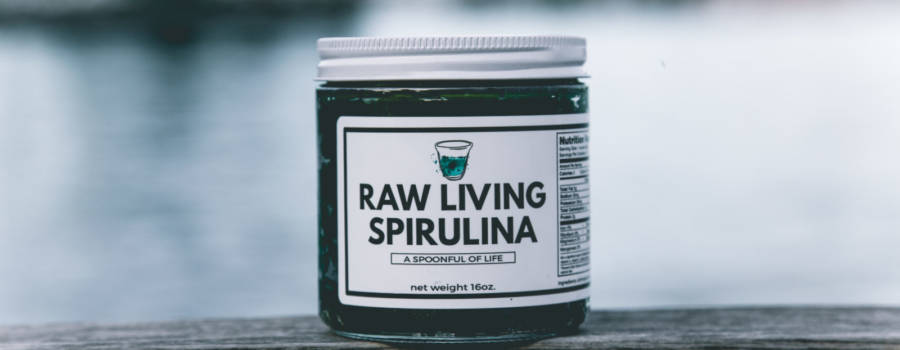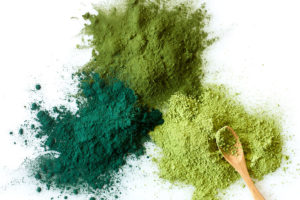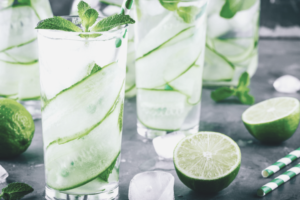There are a plethora of products hopping on to the RAW food bandwagons every day. Raw is a fairly new term that we’ve been seeing on food labels and in food marketing in general. As it is so new, it is also not governed by the FDA or USDA, or any other body. As always, any food claiming to be “Raw” should be truthful and not misleading, otherwise, the FDA can take action against a false claim.
More and more people are incorporating what they believe to be raw foods into their diets principally for health and taste reasons. But there is debate and confusion over what actually constitutes ‘raw’ and what the characteristics should be to maintain a food’s ‘raw’ quality at the point of sale.
True Raw and Living Foods are foods that contain living enzymes. In general, the act of heating food over 116 degrees F destroys enzymes in food. (Enzymes start to degrade in as little as 104 degrees F). All cooked/heated food is devoid of living active enzymes, furthermore cooking or heating food changes the molecular structure of the food and renders much of it toxic to the human body.
By definition, the term Raw is:
: not cooked
: in a natural state: not treated or prepared, not processed or purified
: not frozen
: not yet organized or changed in any way
: not diluted or blended
The term Living gives food an even higher distinction of life force and bio-availability. Living food must be 100% bio-available and still process the characteristics of life as a whole.
By definition the term Living is:
: exhibiting the life or motion of nature
: having life
: contains complete water in cells
All spirulina powder products were created using some sort of heat processing to remove the majority of the water content. Water is the key to life, without it, we all die in a matter of days.
Dehydration refers to a deficit of total body water with an accompanying disruption of metabolic processes, which can lead to a serious life-threatening condition. In fact, dehydration is key to many common health problems.
Most spirulina powders are spray-dried at over 200 degrees F reducing the water content to near zero to give it “shelf life”… a true oxymoron. They should say “shelf death”.
Spirulina is a sensitive organism, just like us, it requires water to survive. If you have ever tasted dry powdered spirulina, you may have sensed a fishy or burnt taste in your mouth. What you are tasting is just that… dead spirulina. Sorry, but simply adding water to a dead spirulina powder won’t bring it back to life. And adding water to ash won’t make the tree grow new leaves.
Furthermore, tests show that all non-microencapsulated powders were unstable in terms of β-carotene content in the presence of natural light and oxygen showing 90% degradation over a 7-day period. Furthermore, based on 20% GLA degradation, the shelf life of sun-dried Spirulina at 30°C is 263 days or 8.6 months using the Arrhenius plot, and 258 days or 8.5 months using the Q 10 approach.
So, when you buy spirulina you should be aware of the freshness, smell, and water content. It should have no bad smell and contain intracellular fluids just like any other fresh vegetable you buy. If you can’t juice it, don’t eat it.






Recent Comments